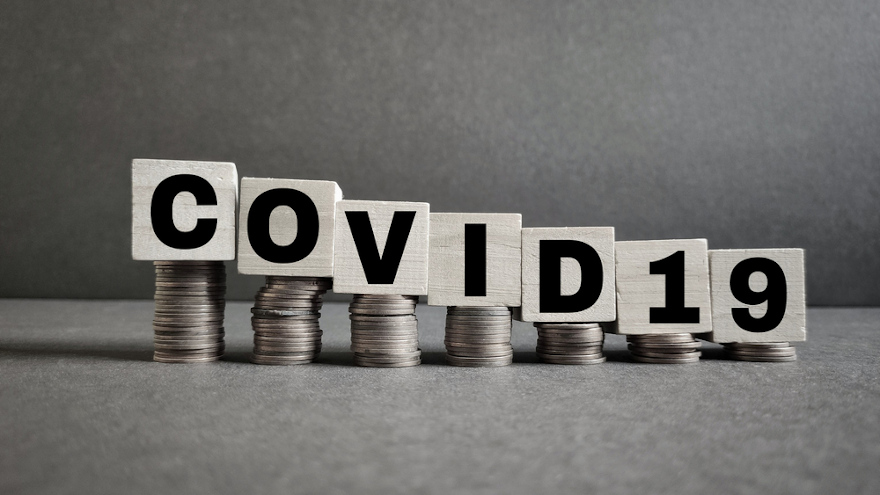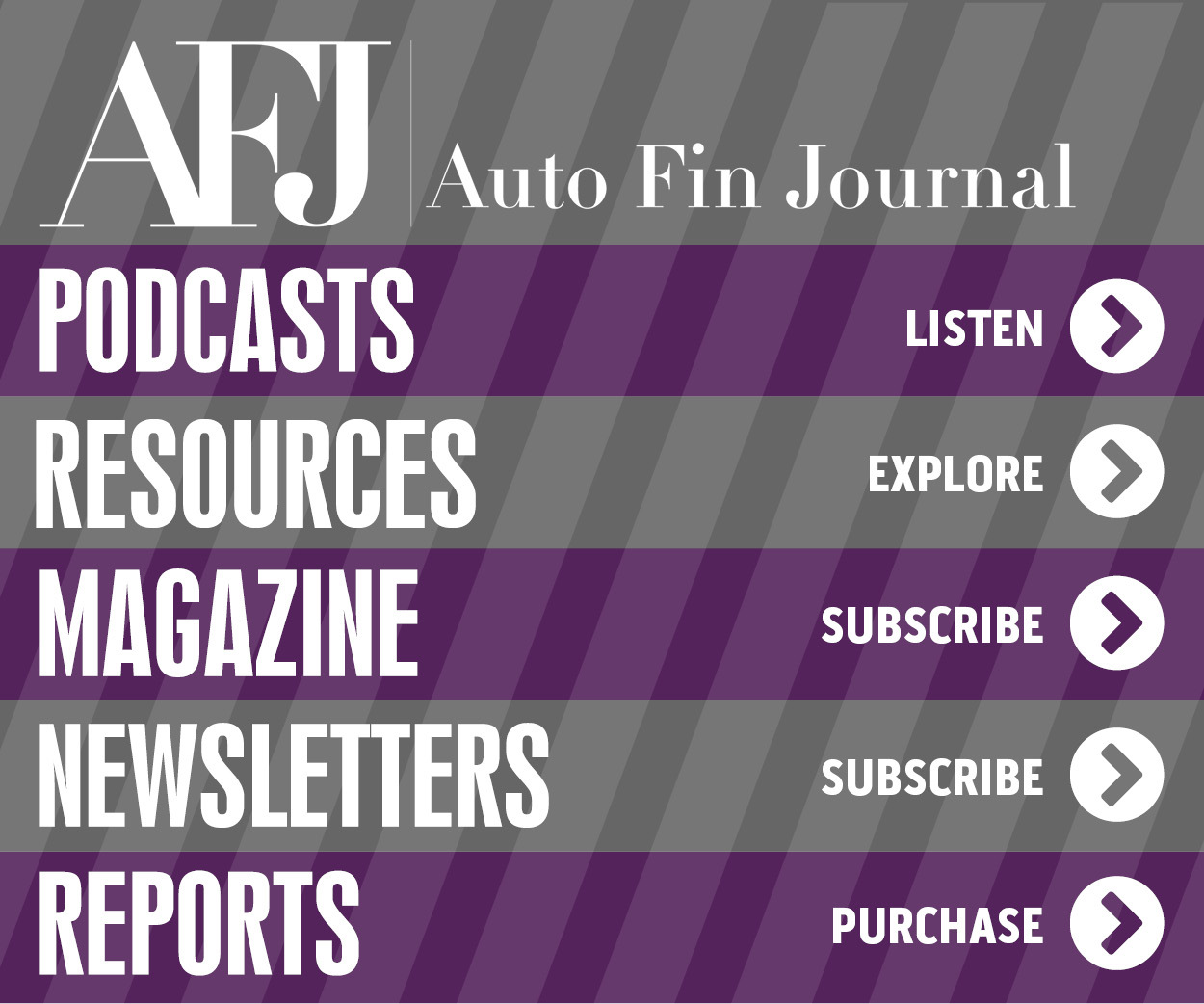COMMENTARY: Will new finance models thrive in a post-COVID-19 world?

Image by Sumandaq / Shutterstock.com
The COVID-19 pandemic has halted two decades of global growth and raised several questions about how economies will function in the future.
Experts are assessing whether the international upheaval caused by the pandemic will have a long-lasting impact on trade and finance, including how businesses will adapt to a changing environment.
Where will future growth come from, and will it change our perspectives on what growth means?
Historically, to fuel growth, companies, governments and customers have consumed and discarded resources and products in ever greater quantities, while low-cost debt financing has supercharged expansion of the economy.
A linear model has supported this trajectory, described as “take, make, waste.”
However, as economies and businesses recover from the COVID-19 pandemic, there is likely to be a focus on minimizing waste and generating a maximum return on investment to replace lost revenues. Companies face the challenge of making the most of currently-limited resources while restoring previous production capacity.
This new global challenge coincides with a growing market of increasingly ethically-minded consumers, who believe that in a world of dwindling resources and emerging climate risks, sustainability is becoming an essential factor in their future buying decisions.
A growing ecosystem of companies built around a ‘circular economy’ mindset is exploring innovation in this area, with a focus on sustainable production, minimal waste, and extensive recycling and reuse to ‘close the loop’ between manufacturing and consumption.
Organizations such as the Ellen MacArthur Foundation, launched in 2010 to accelerate the transition to a circular economy, are driving progress in this area.
The foundation’s latest initiative is the CE100: a network to encourage collaboration between businesses, government, educational institutions and experts to create business ideas based around the circular economy concept.
Member companies include U.S. company Apeel Sciences, which has pioneered a plant-derived protective layer that can be applied to the surface of fruits and vegetables, keeping them fresher for longer, reducing food waste and removing the need for plastic packaging.
French company Lizee provides e-commerce and logistics solutions to help retail brands enter the sharing economy by renting their products, promoting the reuse of goods.
Loop is a shopping platform available in France and the USA focused on delivering products in reusable packaging. Once used, Loop collects the packaging, cleans it and sends it back to the brand for refilling. It then goes back into circulation.
Swedish company Omocom specializes in insurance solutions to meet the needs of the sharing economy, enabling the growth of products-as-service models and peer-to-peer rental platforms.
U.S. company Optoro specializes in reverse logistics, helping retailers to build circular business models and eliminate waste, with returned and excess goods going to secondary use.
However, this new circular economy will not establish itself spontaneously. New finance models are required to make the transition to sustainable, restorative business. Making this shift will not be simple and carries risk.
So how can companies and their financiers work together to decouple resource use from growth, and develop an economy that benefits everyone?
Address inherent risks
One of the key features of the circular economy will be the option to subscribe to, rather than own, a product — which is already possible in some sectors.
This type of service-based business model requires a different funding approach from finance companies. The auto industry provides a powerful example of this: under the future car-as-a-service model, consumers will not own the car, but instead pay a subscription fee for access to the vehicle.
Unlike an ownership-loan arrangement, this means that there is no option to repossess the vehicle if the customer misses subscription payments.
Banks will therefore have to build a valuation and risk model with companies that suit the specific characteristics of the business — in this case, probably developing a type of contract between consumer, company and bank that provides similar levels of comfort and restitution to asset repossession.
In the circular economy, contracts like this will be critical. To write good contracts, banks will have to become familiar with the individual business models of the companies they finance, as well as the implications of each model.
Another risky issue is that service-type or pay-per-use agreements, often being cheaper, tend to attract consumers with lower credit ratings.
Those consumers wouldn’t ordinarily be able to purchase the product, but they can afford to rent it. Before financing these business models, both businesses and finance companies need to establish thorough screening processes for customers and ensure that the business model has undergone robust bankruptcy tests.
Where the business model is too risky for traditional debt financing, finance companies could explore other options with their clients, such as partnering with equity providers or even crowdfunding a business, should the demand and support be there.
Many circular businesses are at the pilot stage or haven’t been operating long enough to have their success judged, more still require increased capital in the initial stages. This is where finance companies will have to work with their clients to understand risks and use pricing tools that incorporate sustainability as part of the business case to reach an appropriate and realistic financing solution.
Focus on the cash flow
Cash flow from circular business models will look, in many cases, very different. Instead of a single large loan to a customer, regular payments are collected across the lifespan of the product.
For example, in the case of auto subscriptions, instead of the car as the value driver in the business model, the cash flows and the relationship between company and customer become the principal source of value.
There are risks involved with this, and one solution for banks and companies is to reduce the payment windows or increase the payments to mitigate risk.
It isn’t a one-size-fits-all model, though; when companies and banks set out to develop and finance a circular business model, they should be aware that they can develop whatever payment structure they like. And since the value is no longer entirely tied to the lifetime of an asset, both the company and the bank should consider carefully the incentives that can be put in place to encourage a lasting relationship between customer and company.
The second-hand market and recyclability are other critical areas of cash flow for circular businesses selling access to assets. When there is a liquid, stable and transparent second-hand market for an asset, companies no longer have to write off the asset’s value when it reaches the end of its initial usability. Ultimately, this makes a case for financing an asset more robust.
As the world’s industries are recovering from the financial tremors of COVID-19, recycling and reusability will become an increasingly vital aspect of resource management and sustainability — both in the environmental sense and in assets’ secondary values.
Furthermore, financial institutions will be more likely to provide funding if companies understand the cost of their waste and actively squeeze every possible bit of value out of their assets. Companies should therefore be in the business of developing and using products that have positive residual value, or are constructed with cheap, speedy disassembly and recycling in mind.
Abandon the status quo
An important realization for both companies and their finance providers should be that there is no ‘right’ way. They can develop payment systems, contracts, solutions and incentives to suit their particular organization.
Banks must begin thinking circularly and asking some big (and often challenging) questions: how risky is this business – can we provide a different type of finance? What do we do if the company or customer goes bankrupt? Can we specify a payment structure that makes this a safer arrangement? How can we get the most out of the asset? Can we provide financing for research into assets that last longer, or can be more easily recycled?
As the global economy plots its recovery from COVID-19 and the world begins to see the establishment of new finance models for sustainable circular businesses, the cooperation of companies and banks is vital. Both must understand one another well and, in their solutions for future sustainability dilemmas, prioritize divergence from the “take, make, waste” model of the past in favor of “refurbishment, reuse and recycle.”
Brendan Gleeson is group CEO at White Clarke Group.


